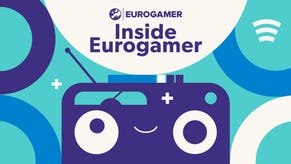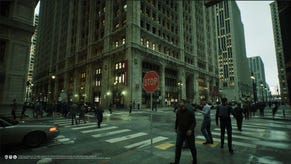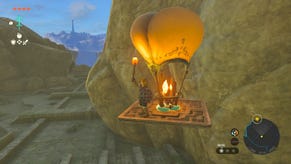Zelda on Switch runs more smoothly in portable mode
But do the visuals hold up compared to the docked experience?
A gaming masterpiece and a brilliant debut title for Nintendo Switch, The Legend of Zelda: Breath of the Wild is also a tough technical workout, so just how well does it perform? Owing to lack of code up until now, we've only just started the Wii U work but analysis of the Switch game is fascinating in its own right. It shows us how a cutting edge title scales between Switch's mobile and docked configurations, and there are some surprising results.
A potential series of differentials first came to light in a GameXplain video posted last week - the commenter notes that the portable performance of the game is smoother than its docked presentation. However, observers noted that the camera footage taken from the handheld screen seemed to reveal a simplified lighting model and shadow changes. Had Nintendo traded visual features to accommodate Switch's reduced GPU clocks?
Comparing the docked Switch experience with the output of the handheld display isn't easy. Right now, there's no way to capture direct feed from the mobile screen, so yes - in our comparison, we're using a camera shot too. However, for comparison shots, we've used Switch's screenshot tool to extract direct feed quality images (note to Nintendo: a PNG option would be welcome, the JPEG compression sucks). We compare these to shots taken from 1080p captures from the hardware's HDMI output. Interestingly, internal screenshots taken when docked are downscaled to 720p, even if the game itself operates at a higher resolution. Zelda, of course, runs at 900p when attached to an HDTV.
In terms of performance, it's immediately clear to the naked eye that the docked Zelda stutters in places where the mobile experience does not - and to confirm this, we manually counted frames by eye based on our camera shots to ensure accuracy in producing the performance test below. It's really easy to isolate this issue as it occurs frequently in the open world, right from the beginning of the game. In some places, we see the smooth 30fps update while docked drop down to a momentary 20fps - confirming a basic double-buffer v-sync implementation.
What's curious is that the stutter is fleeting, effectively ruling out GPU rendering as the cause - as the on-screen content doesn't change. And that begs the question - if it's a CPU issue, why do we have these issues at all bearing in mind that we know that docked and undocked CPU clock-speeds are identical at 1020MHz? Well, one thing we have to bear in mind is that although there is a big jump in GPU clocks as we move from docked to mobile, there's not a great deal of difference in memory bandwidth between the two modes.
This is only a theory, but it does make sense based on the data available. Laying out the maths here, docking increases pixel count from 720p to 900p, a 56 per cent in resolution. However, memory bandwidth only rises by 20 per cent, from 1331MHz to 1600MHz. Bandwidth is shared between CPU and GPU, so the higher resolution in the home console mode may be sapping memory bandwidth away from the main processor cores, making us more prone to slowdown when the CPU is under load. Bandwidth concerns may also explain why resolution doesn't scale closer in line with the difference in clock-speeds (307.2MHz or 384MHz undocked, 768MHz docked). Suffice to say, if you're looking to play Breath of the Wild with minimal performance drops, running undocked is the way forward.
Beyond performance, there is very, very little to separate the visual experience. Yes, the game runs at a higher resolution when hooked up to your HDTV, but the presentation on the 720p 6.2-inch display looks beautiful, and while the pixels-per-inch metrics may not impress by smartphone standards, it's still enough to ensure that the complete lack of anti-aliasing isn't that much of an issue, especially as the game renders at the screen's native resolution. Zelda looks crisp and precise in handheld form, while the blown-up image on your flatscreen serves to emphasise the less impressive aspects of the game's image quality.
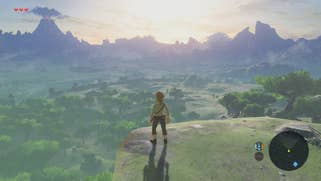

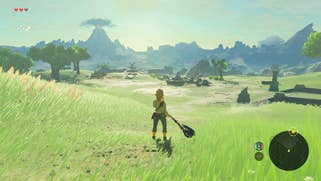
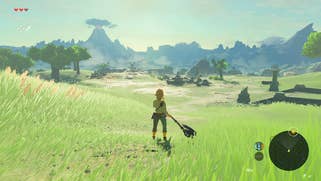
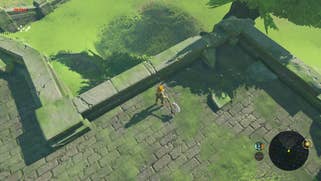

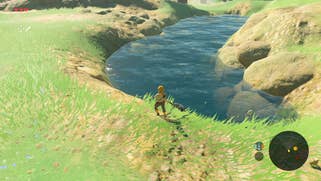
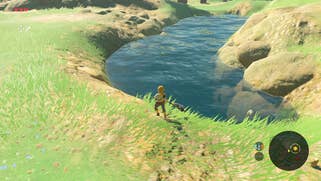

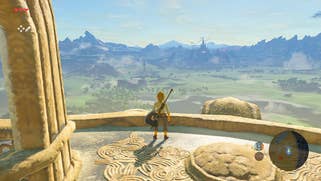

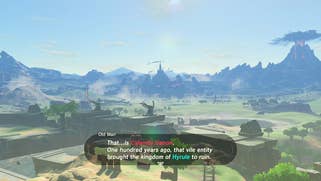
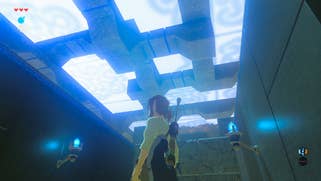
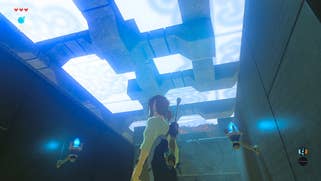
However, playing while docked highlights one visual improvement: texture filtering still isn't great, but it's clearly improved over the handheld version, resolving more ground detail in particular further away from the player. Will you actually notice outside of eyeballing screenshots? It's highly unlikely. Miniaturising the action onto the 6.2-inch screen makes the difference virtually indistinguishable, and the improvement - such as it is - manifests as a 'band' of additional texture detail just ahead of the Link character.
Otherwise, the experience is identical. Nintendo could have made minor tweaks to engine settings in order to accommodate the handheld mode's slower GPU clocks, but as it turns out, that's not required. The lighting is unchanged, level of detail transitions and pop-in (such as it is) are like-for-like and shadow quality is a match. Overall, expectations of Switch performance here are reversed when looking at final code - going in, we'd expect downgrades in the mobile execution of the game owing to reduced GPU power, but it's actually in handheld form where we find the smoothest experience.
So, what about those early concerns about downgraded visuals? We're going to put that down to the nature of the camera footage and time of day differences giving a very different look to the early comparison footage. Side-by-side analysis of screenshots reveal that Nintendo has done a magnificent job here in ensuring a consistent experience. By every measure that matters, Breath of the Wild is visually the same game however you play it, and in this respect, the Switch concept - a home console experience you can take anywhere you please - is validated. Our only regret is that playing while docked does introduce performance problems that we didn't expect.
So where does that leave the Wii U version of the title? It's a crucial question as many are wondering whether to hang onto their Wii U and play the game there, or buy a Switch instead if the last-gen release isn't up to snuff. We'll report back with our findings as soon as we possibly can.




